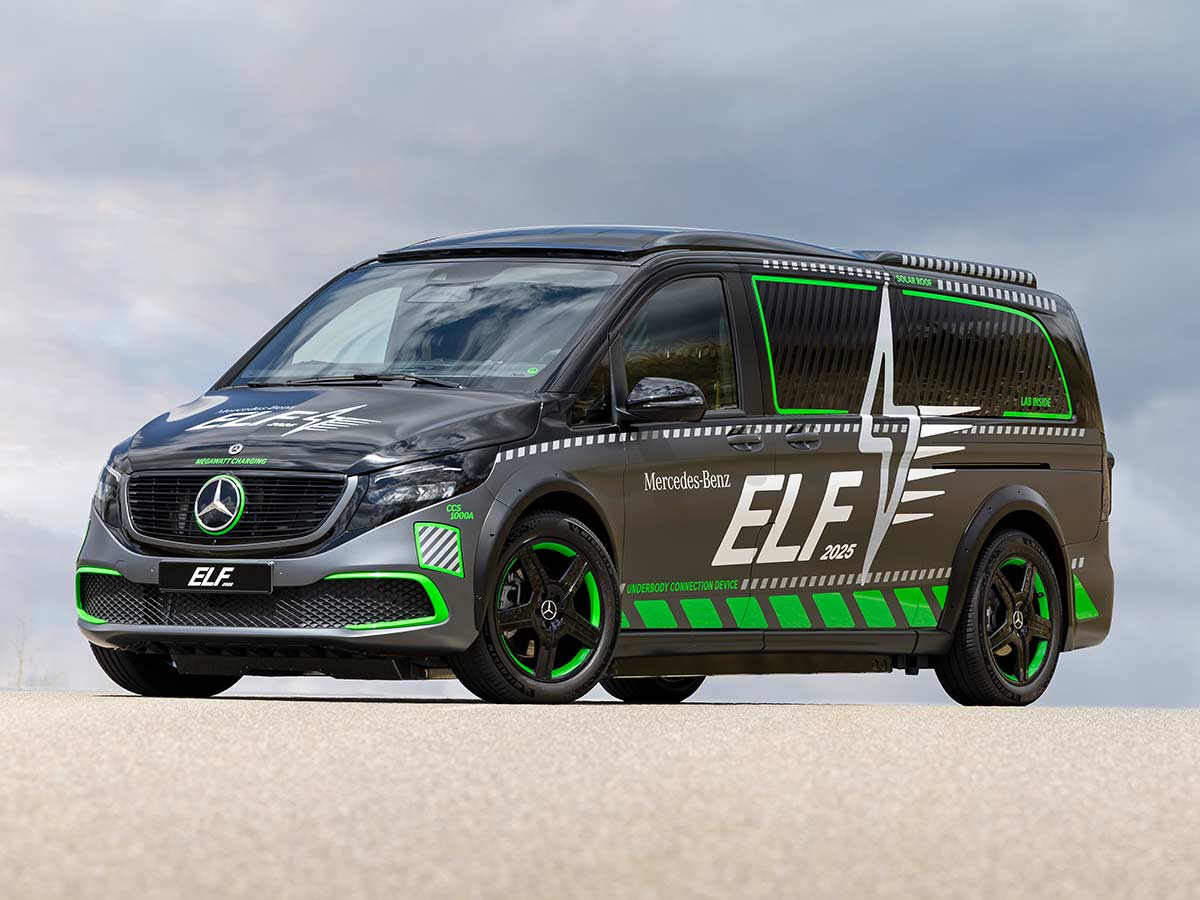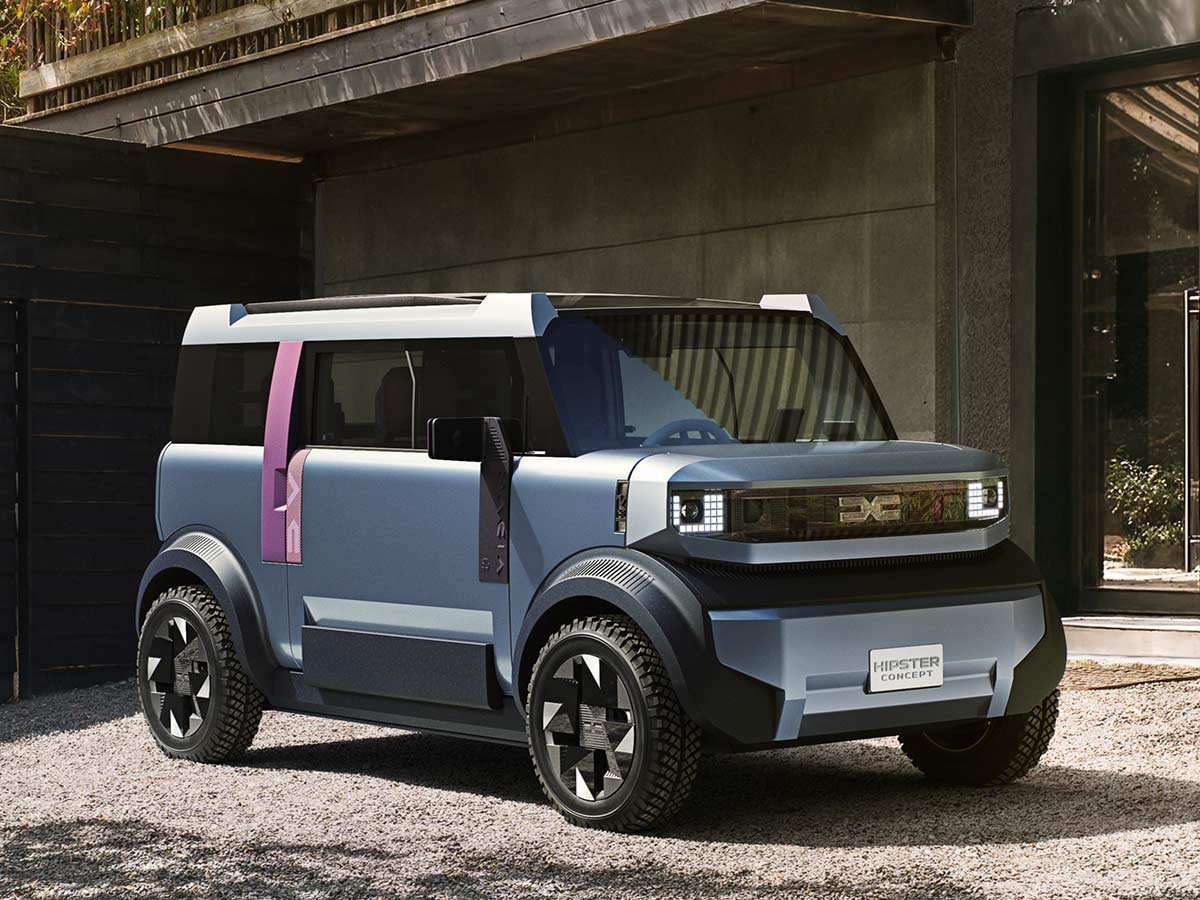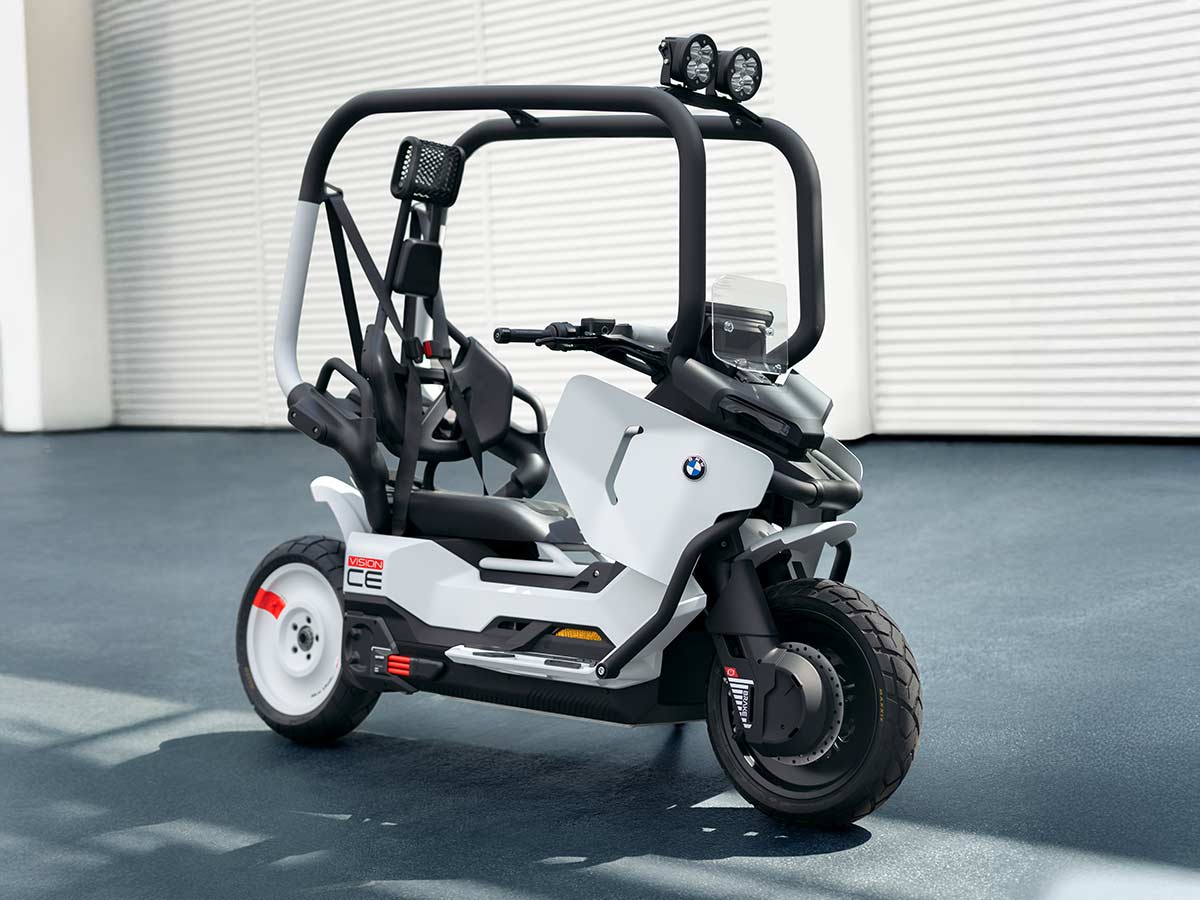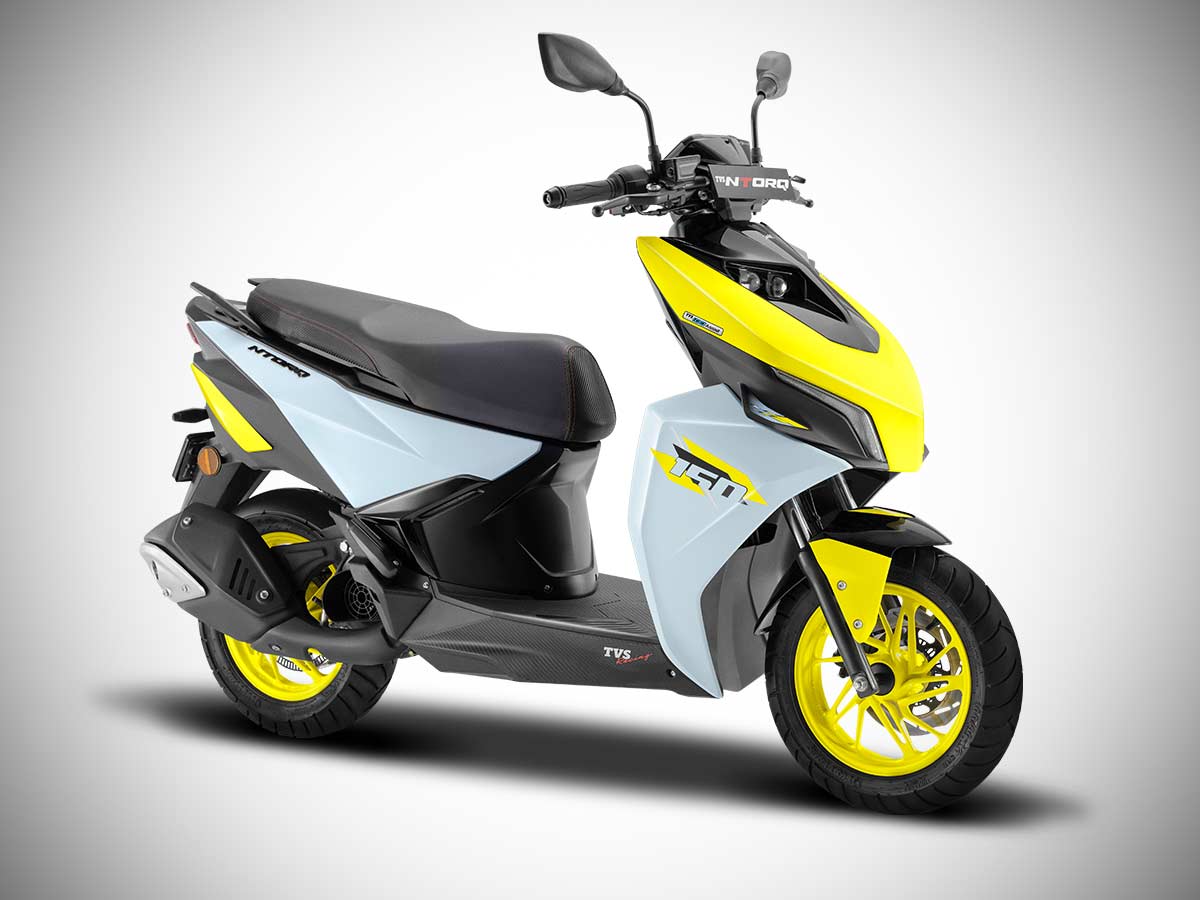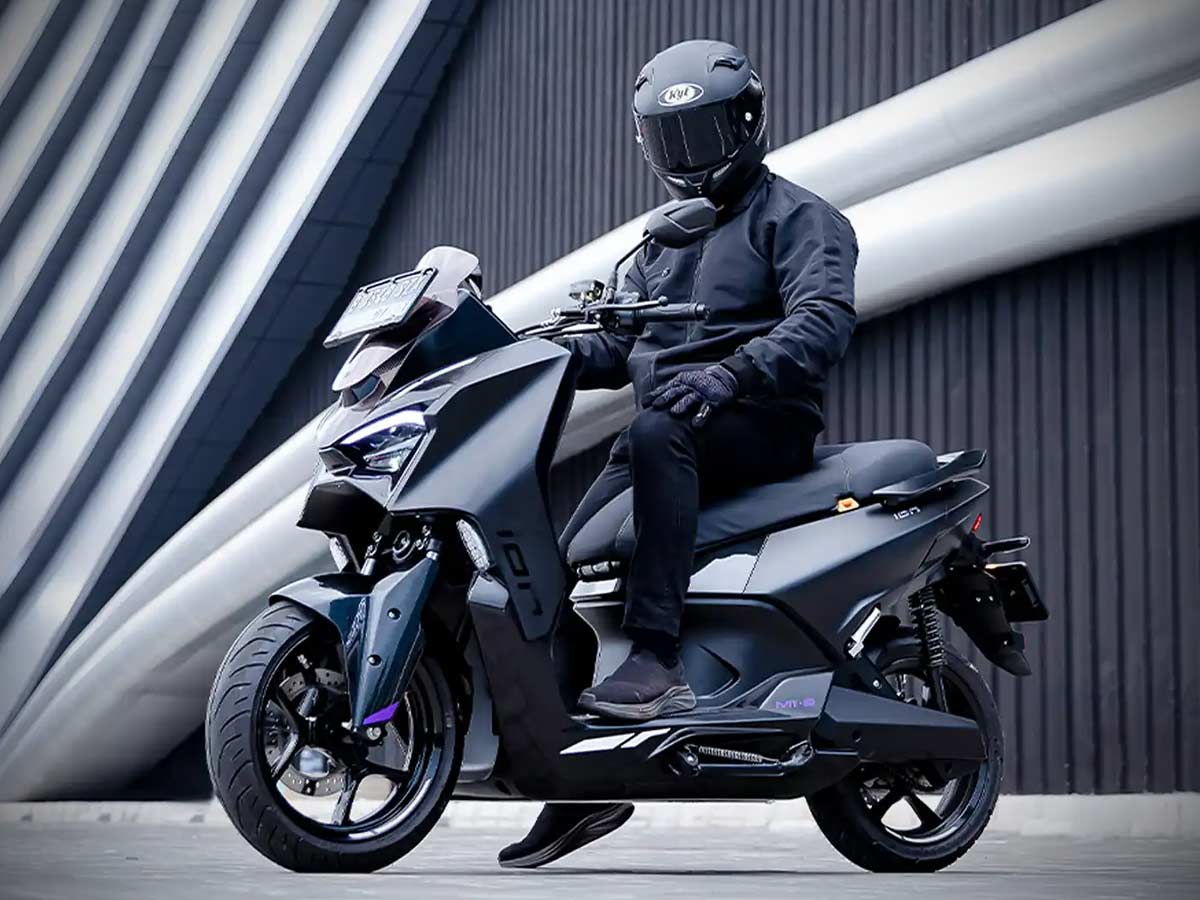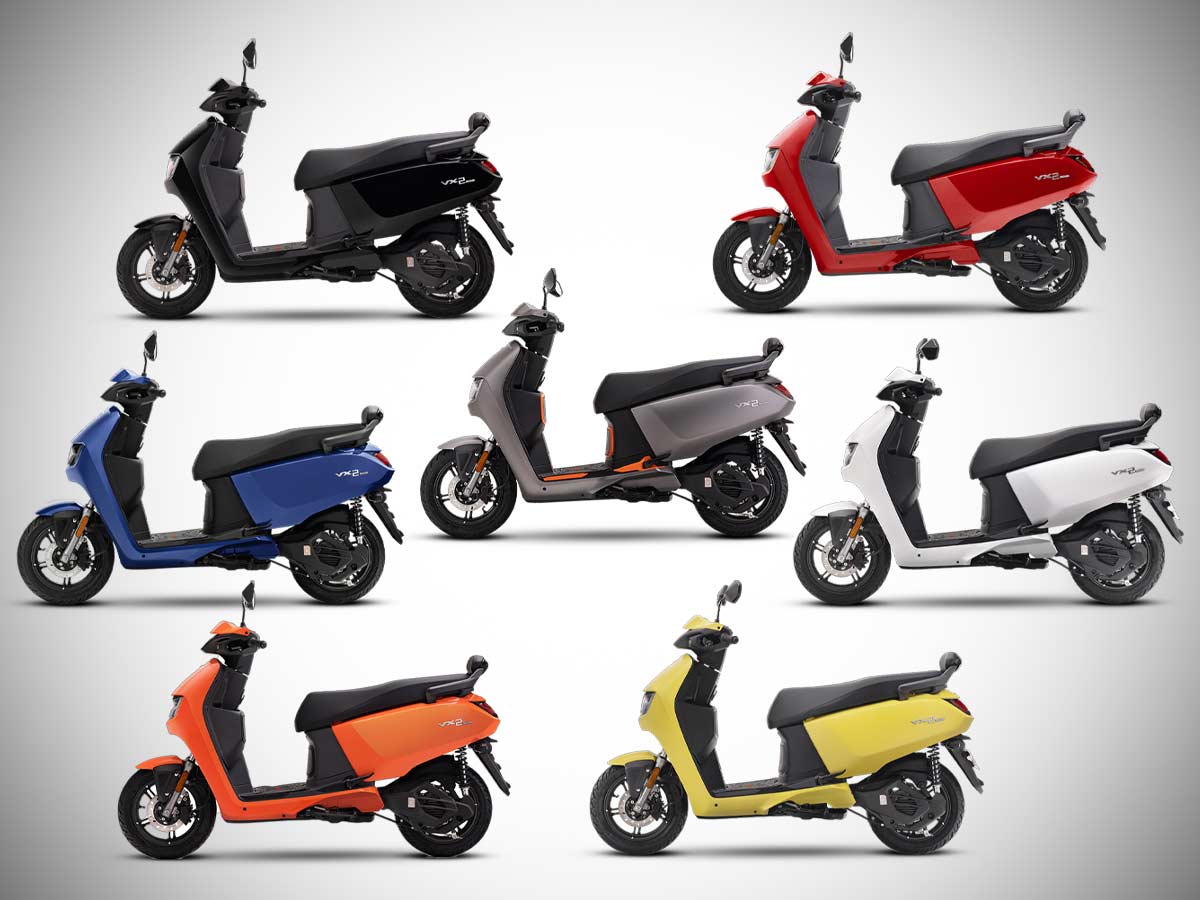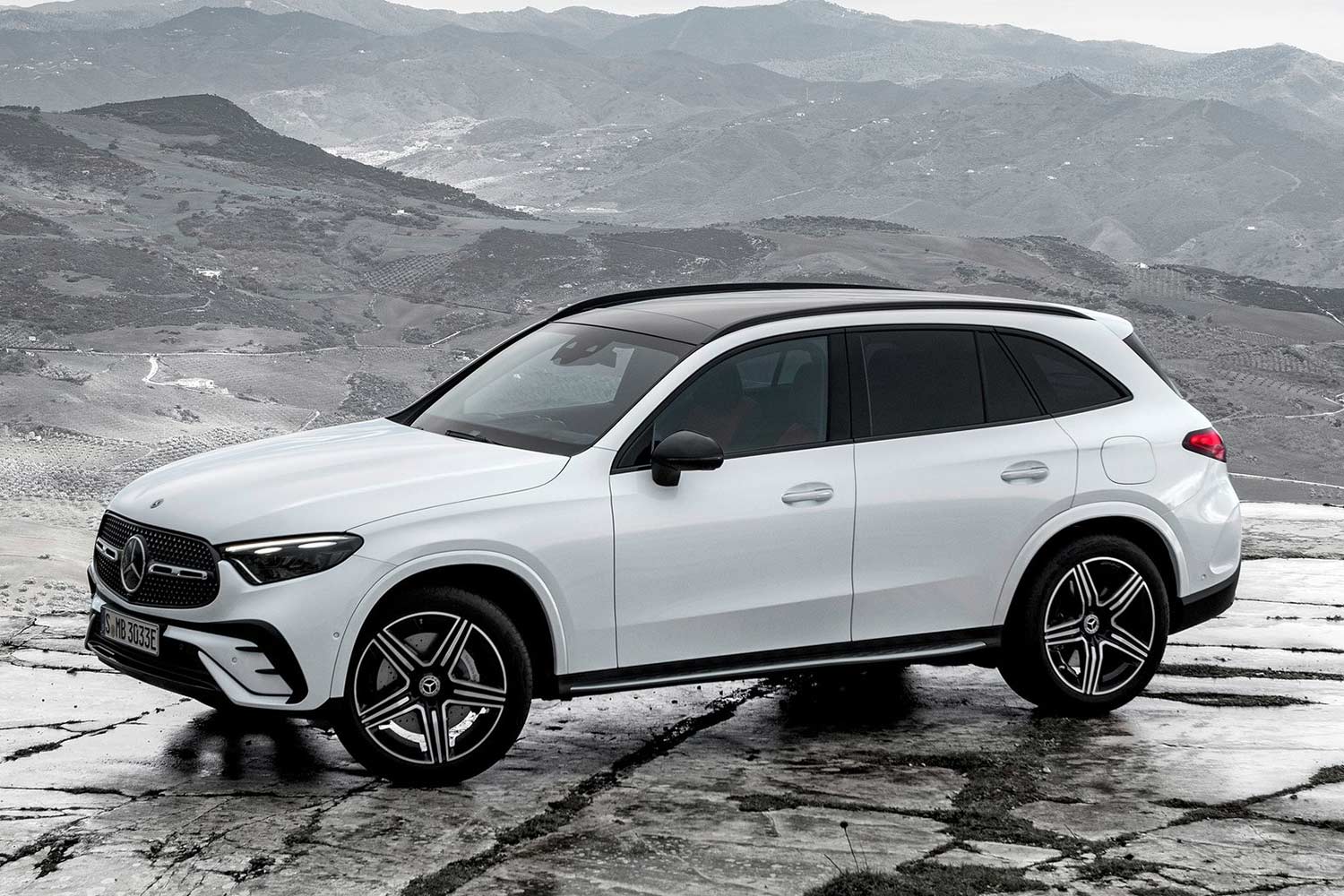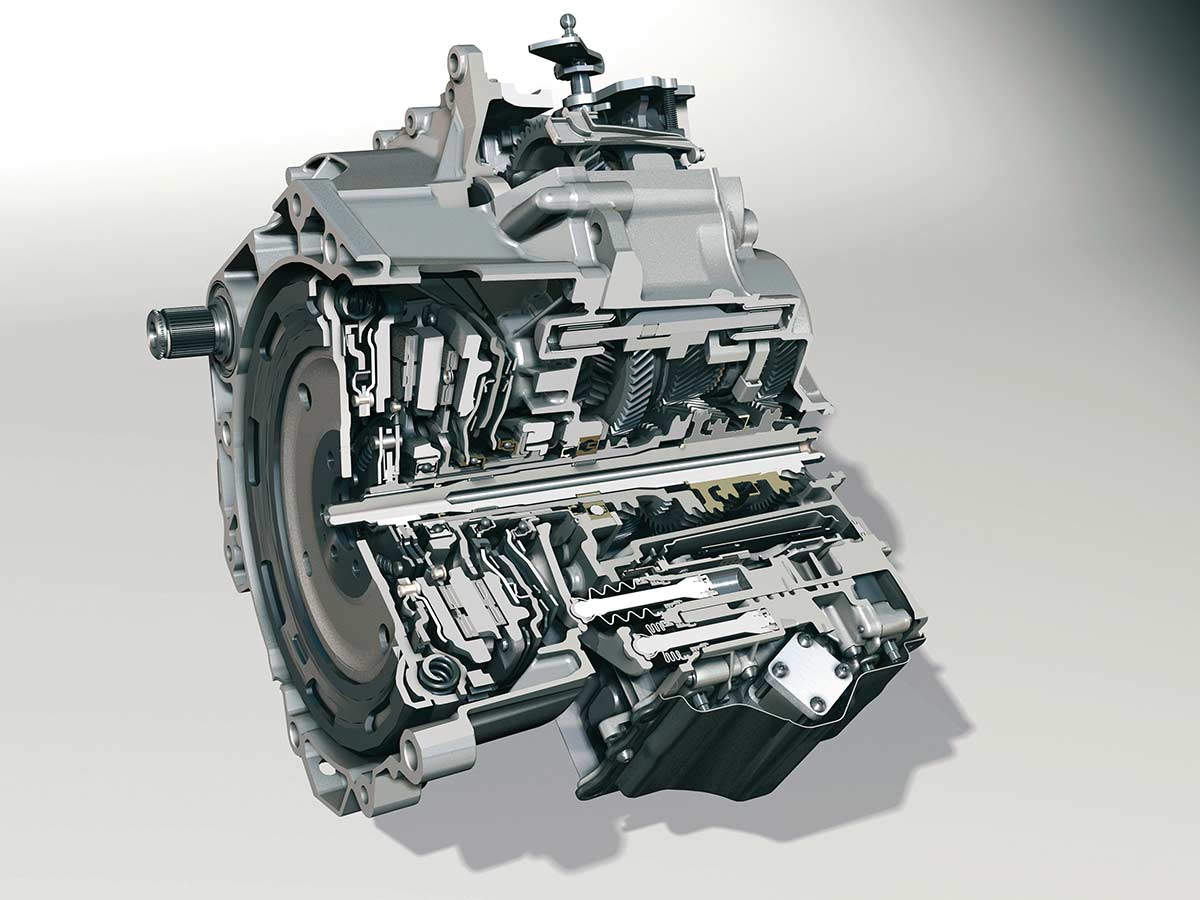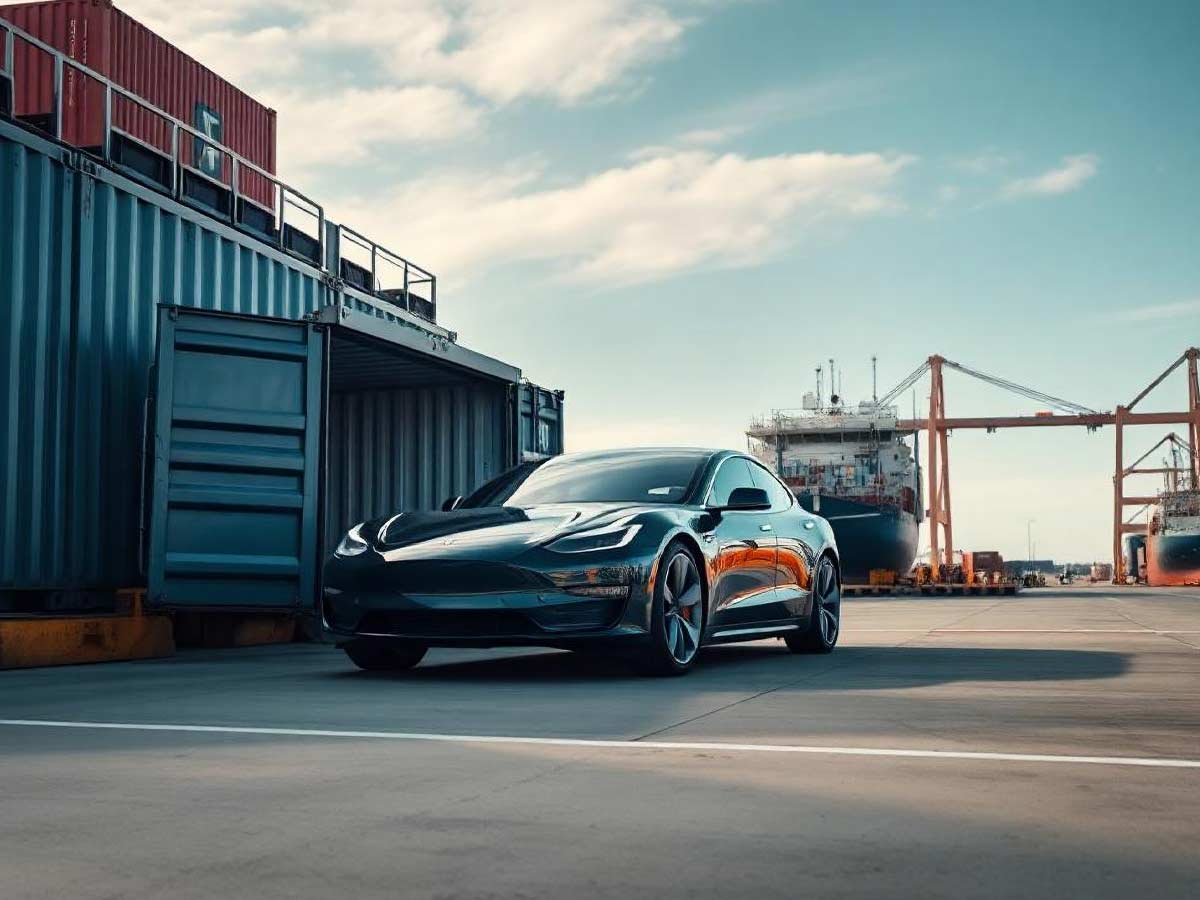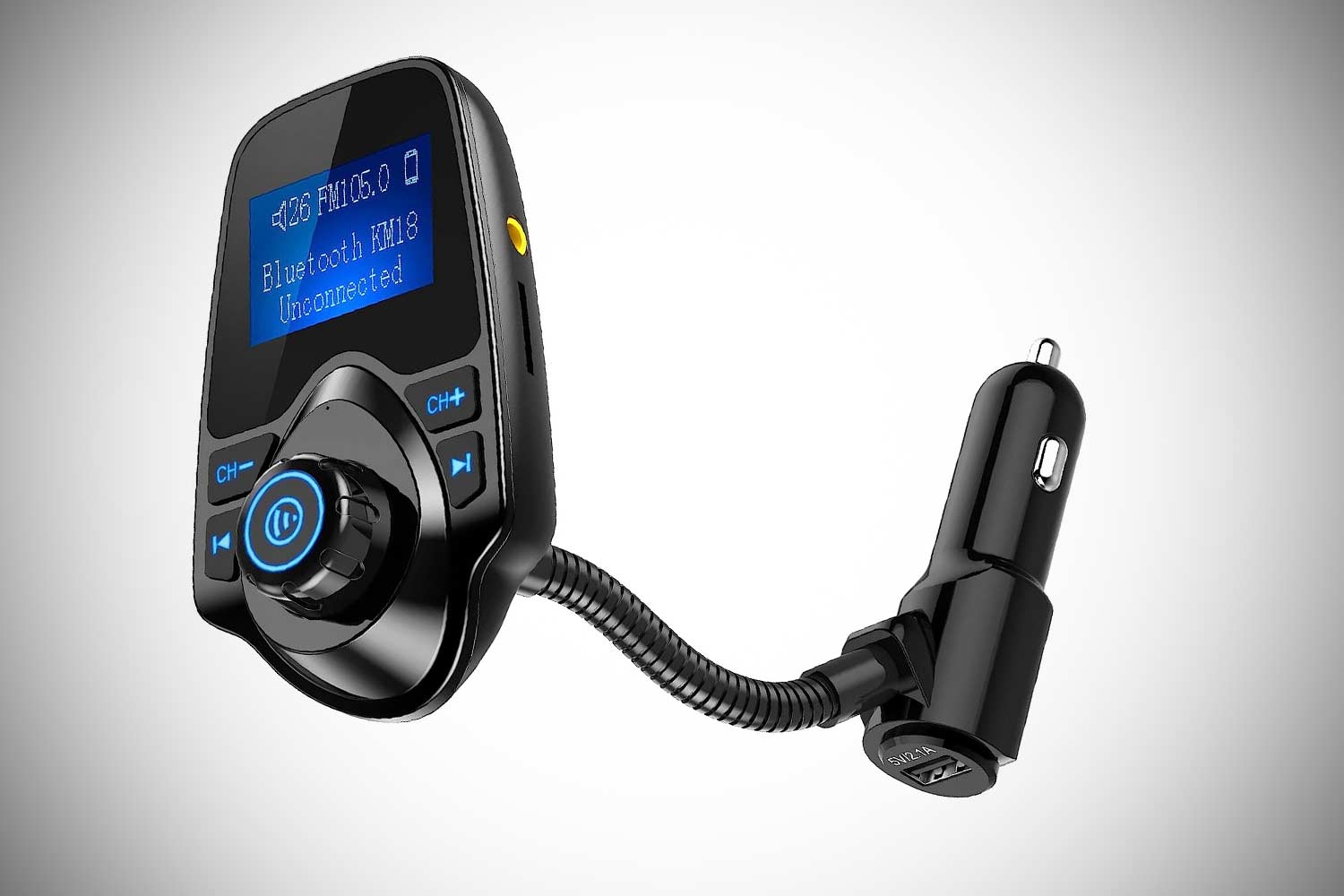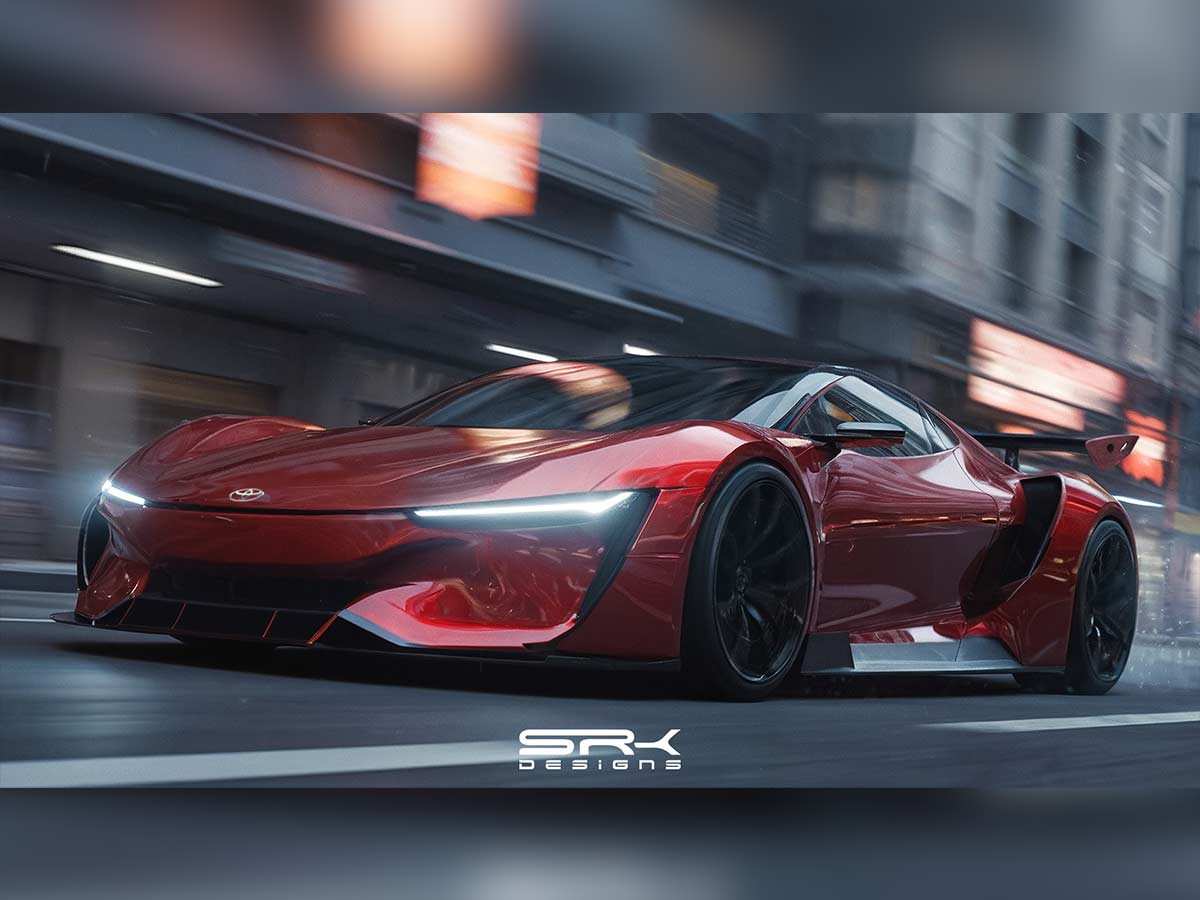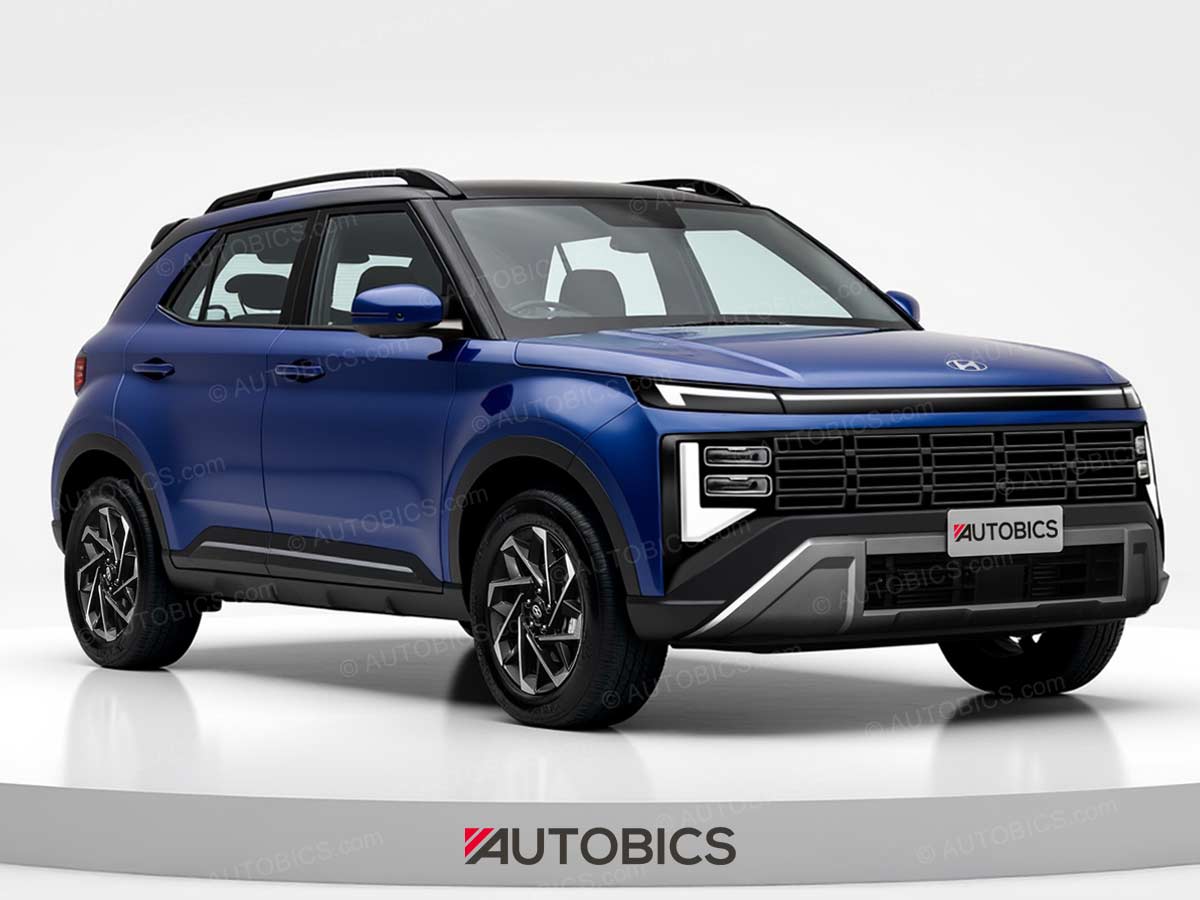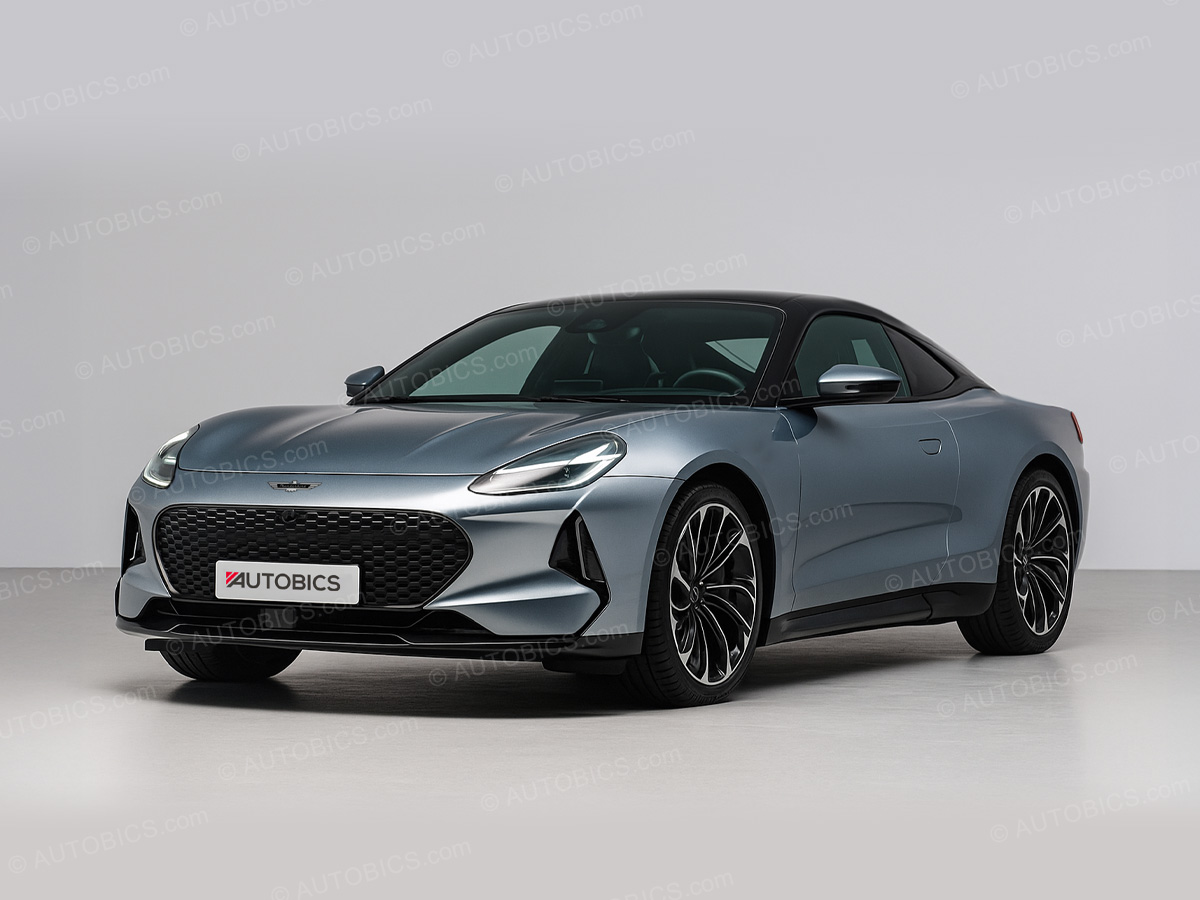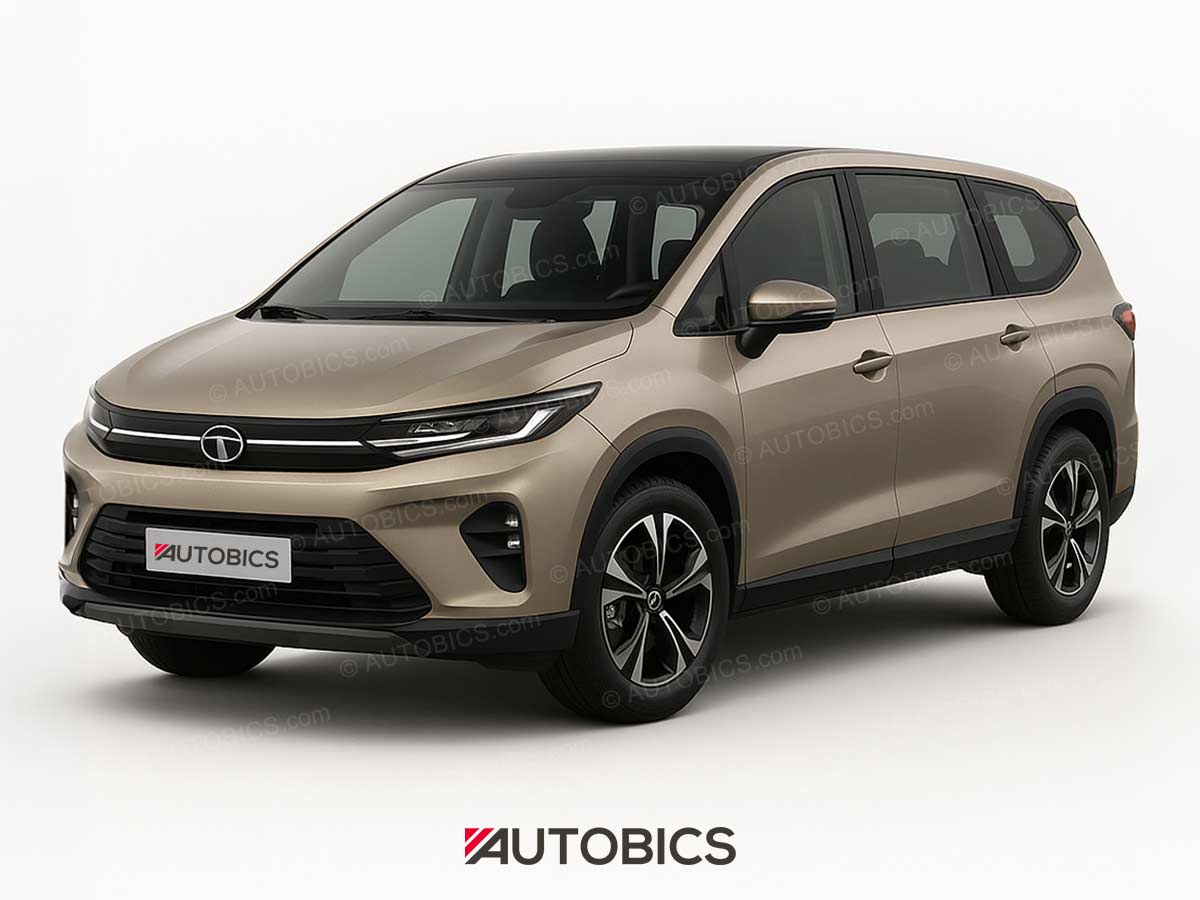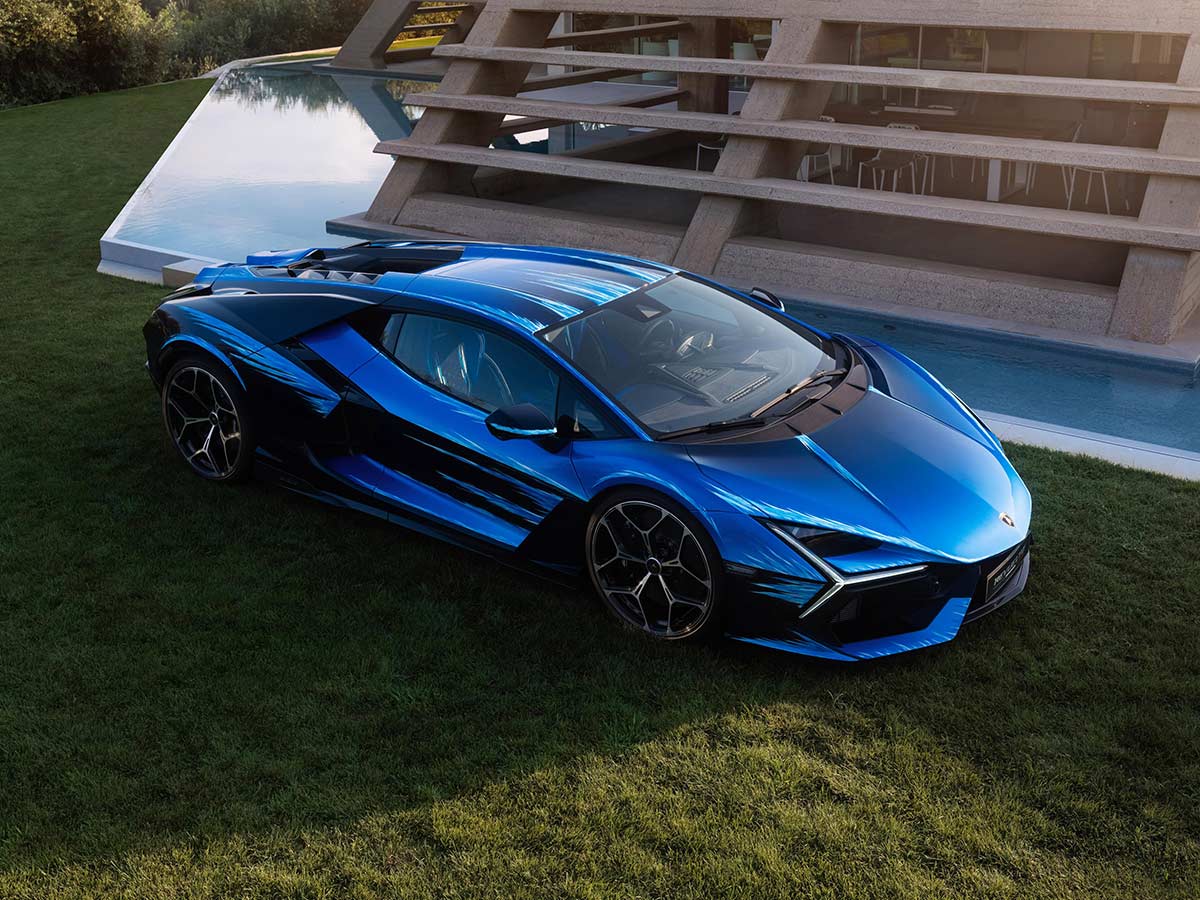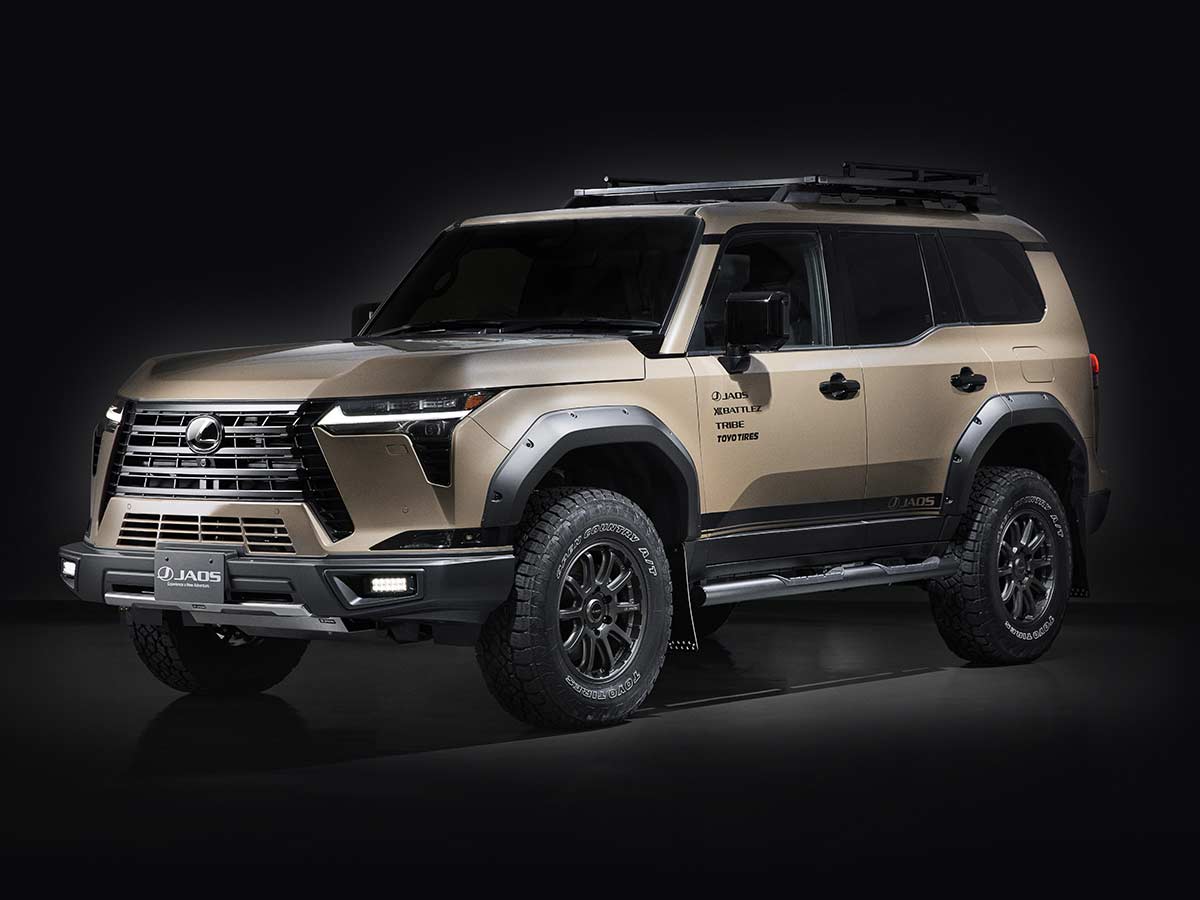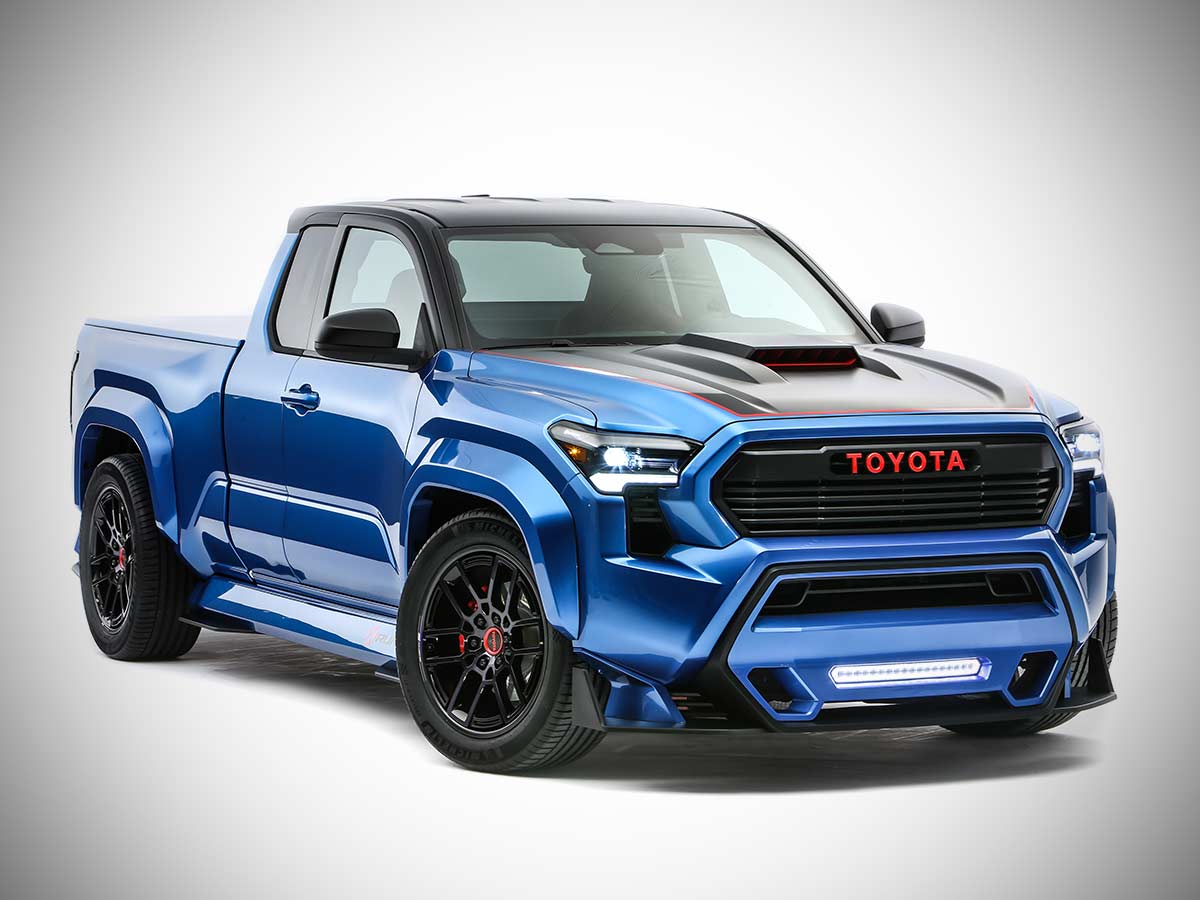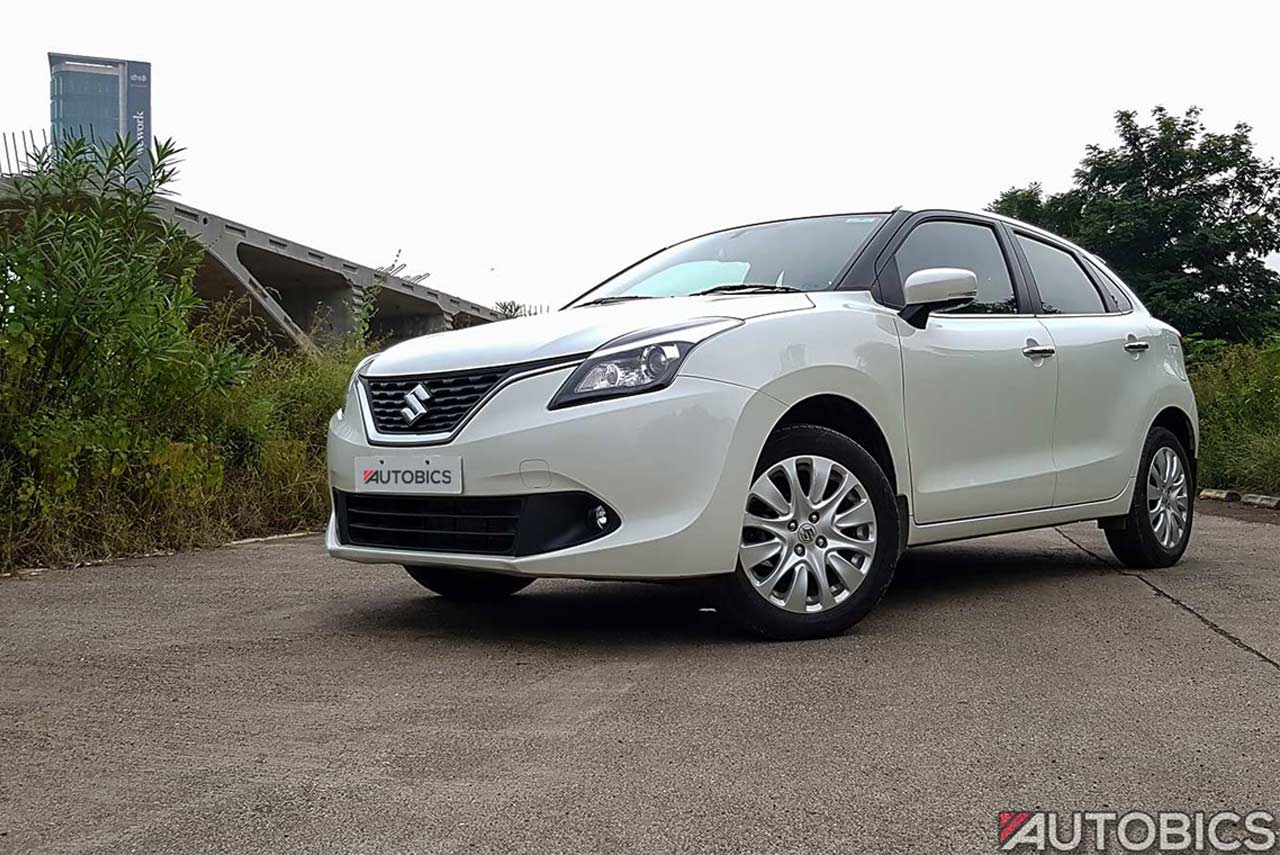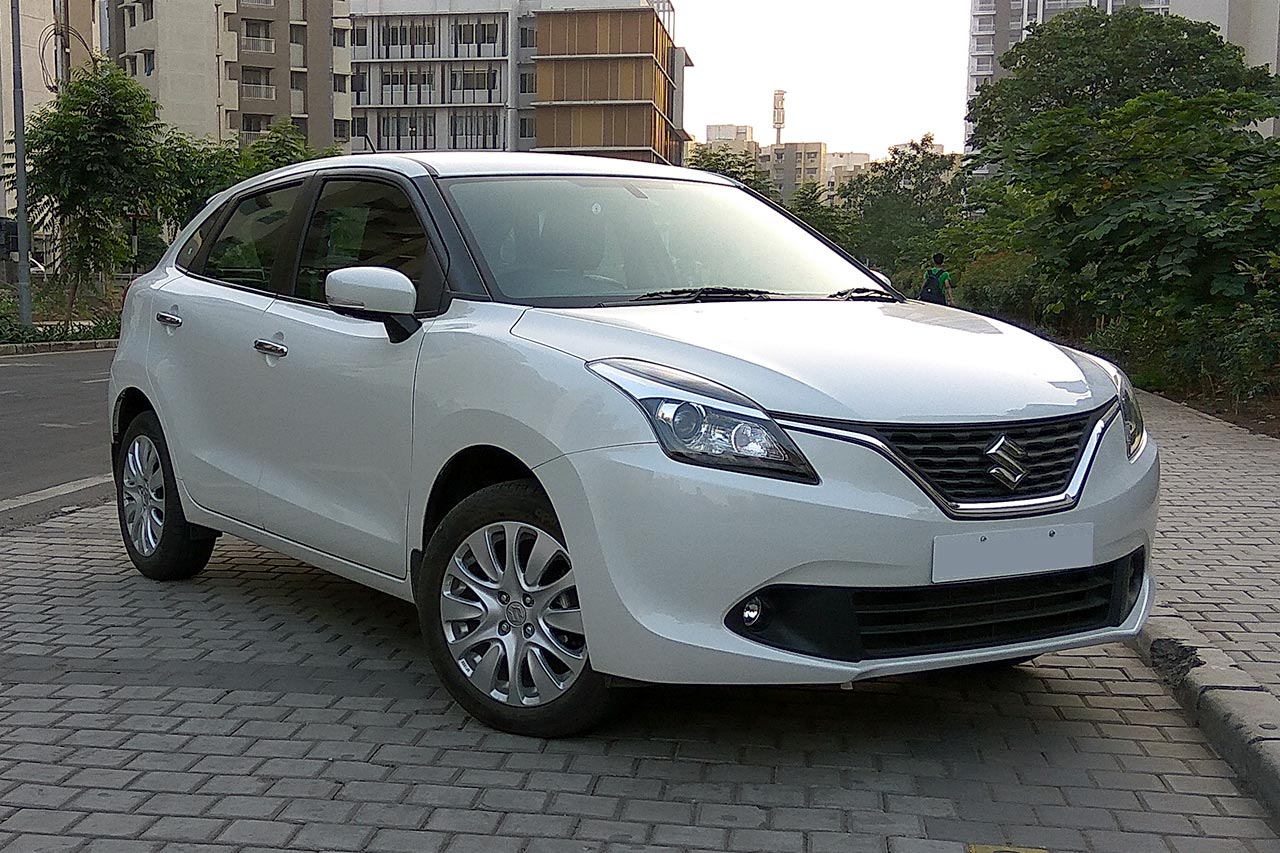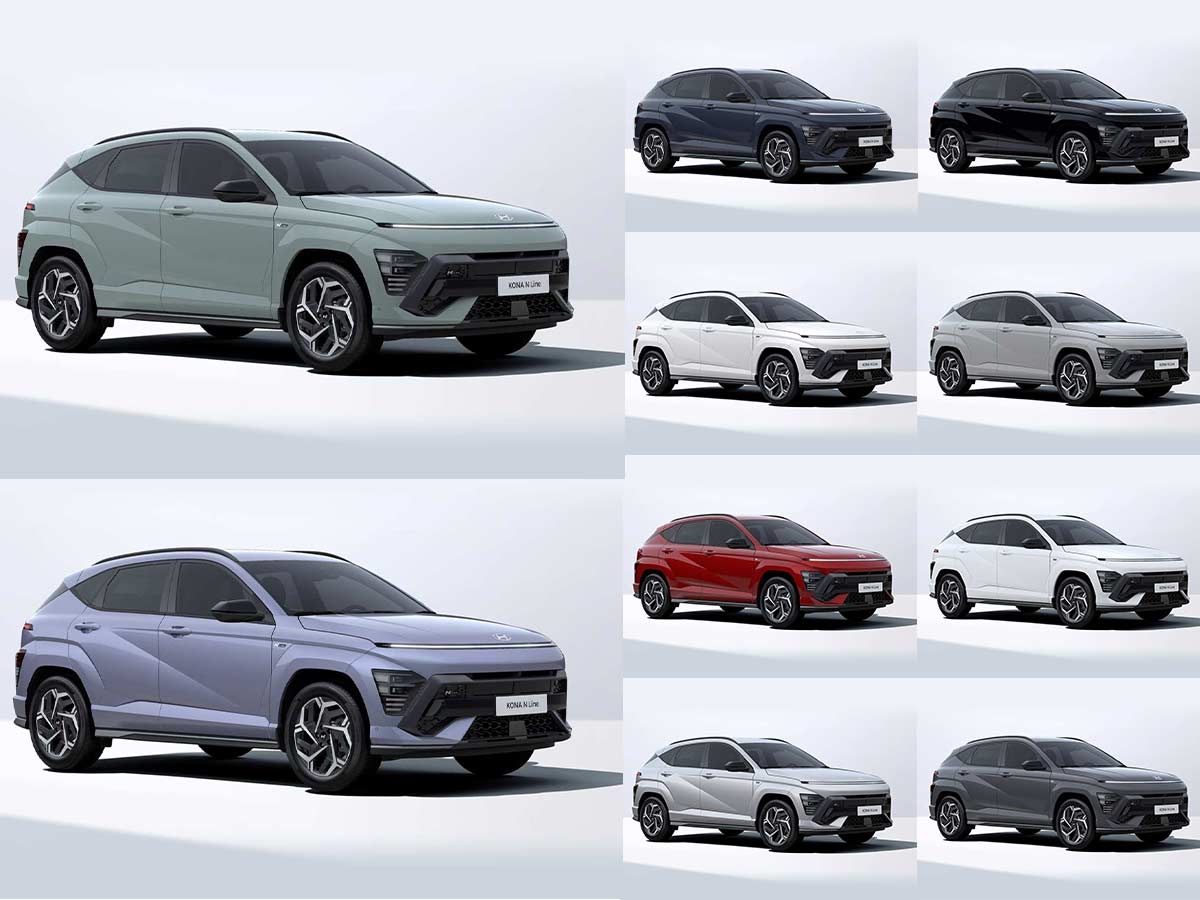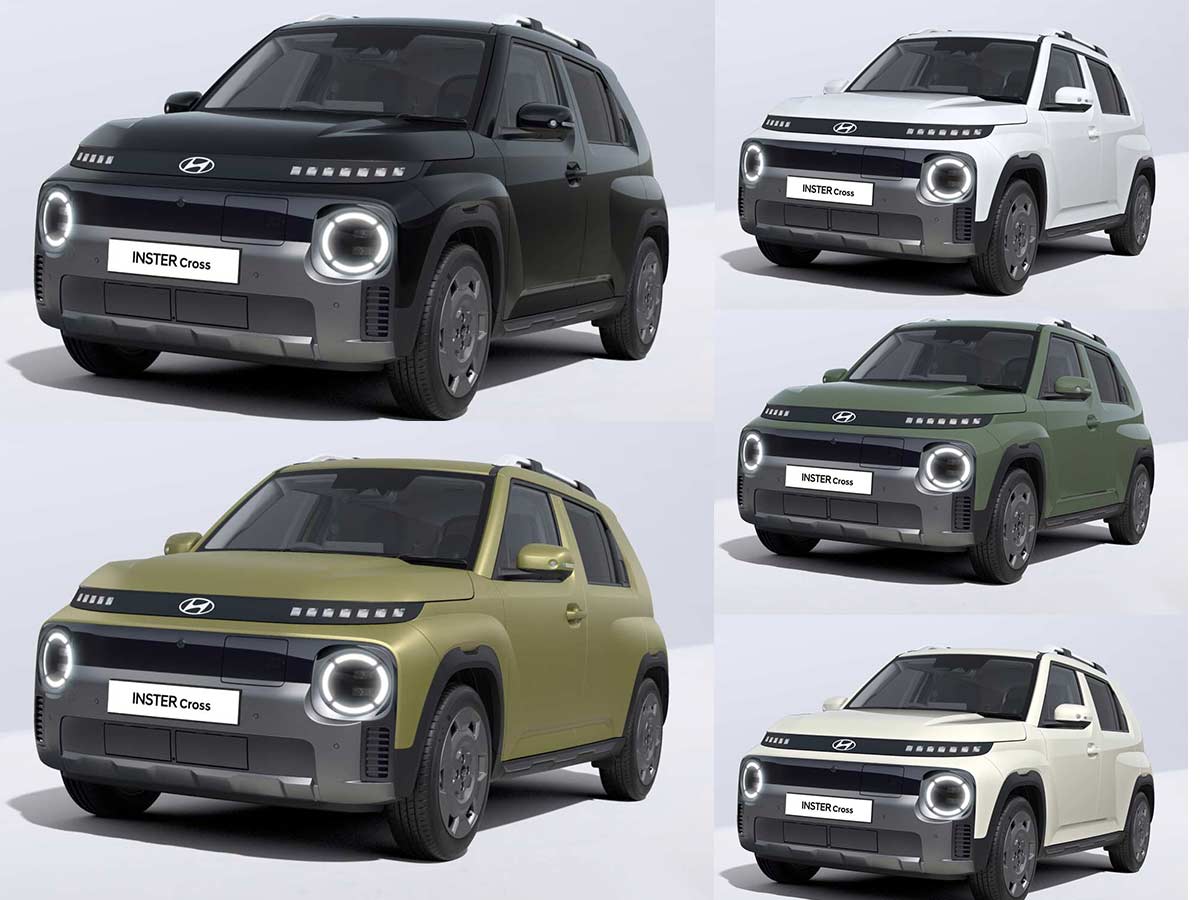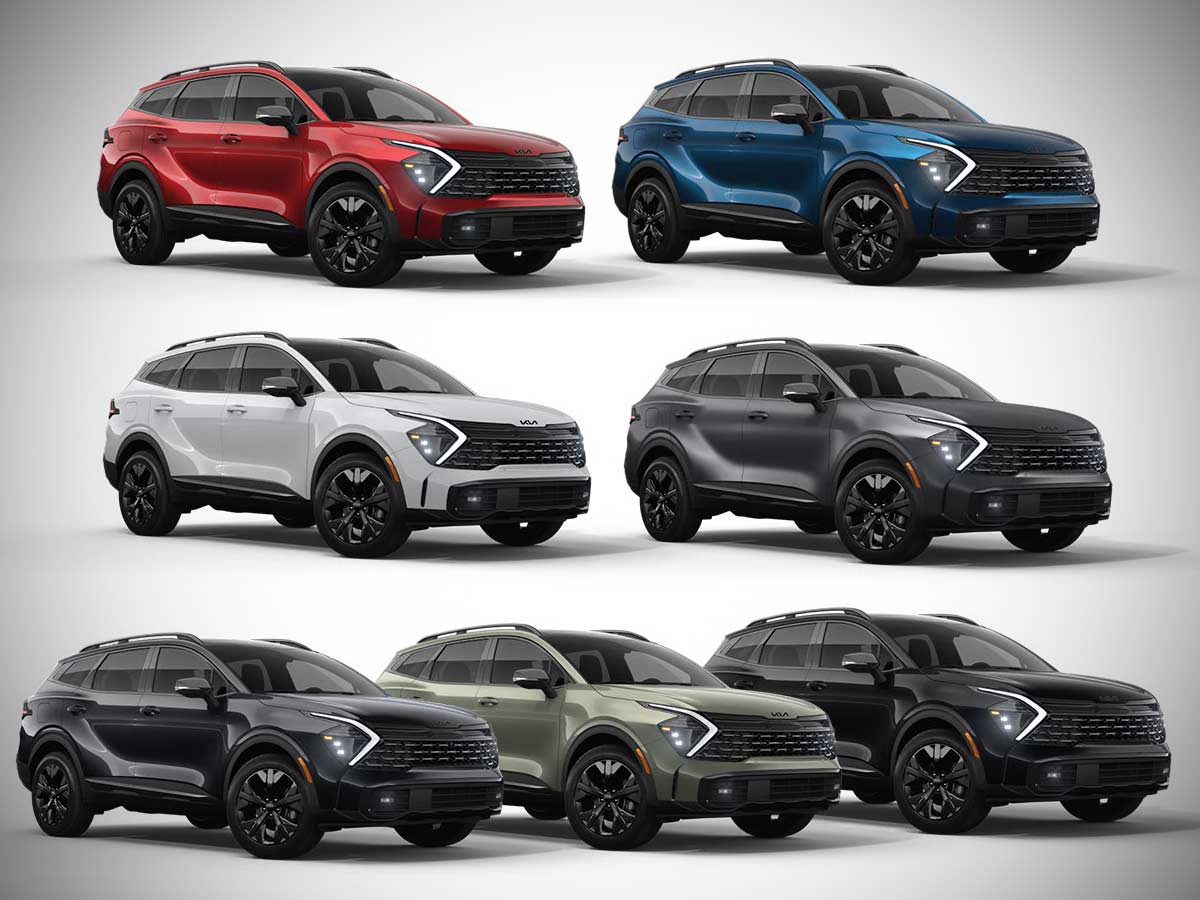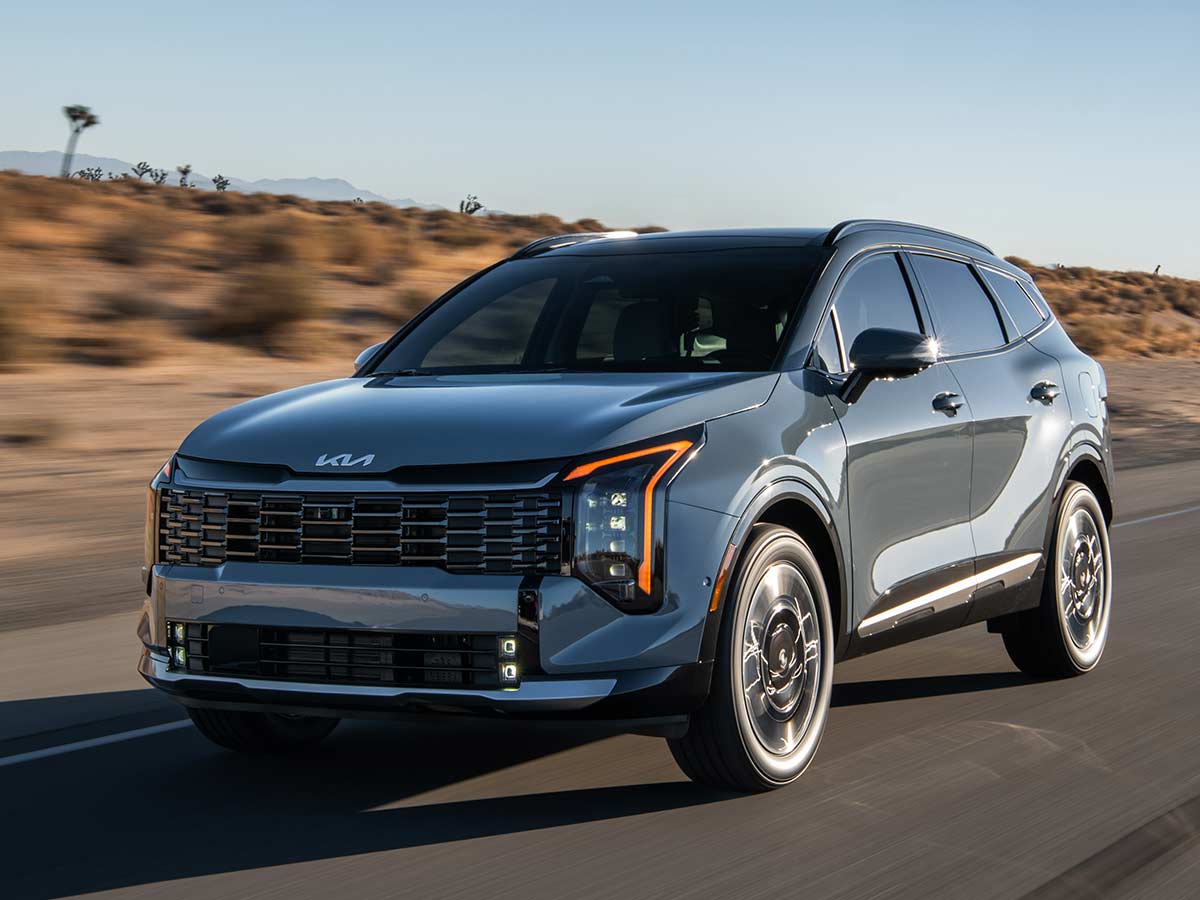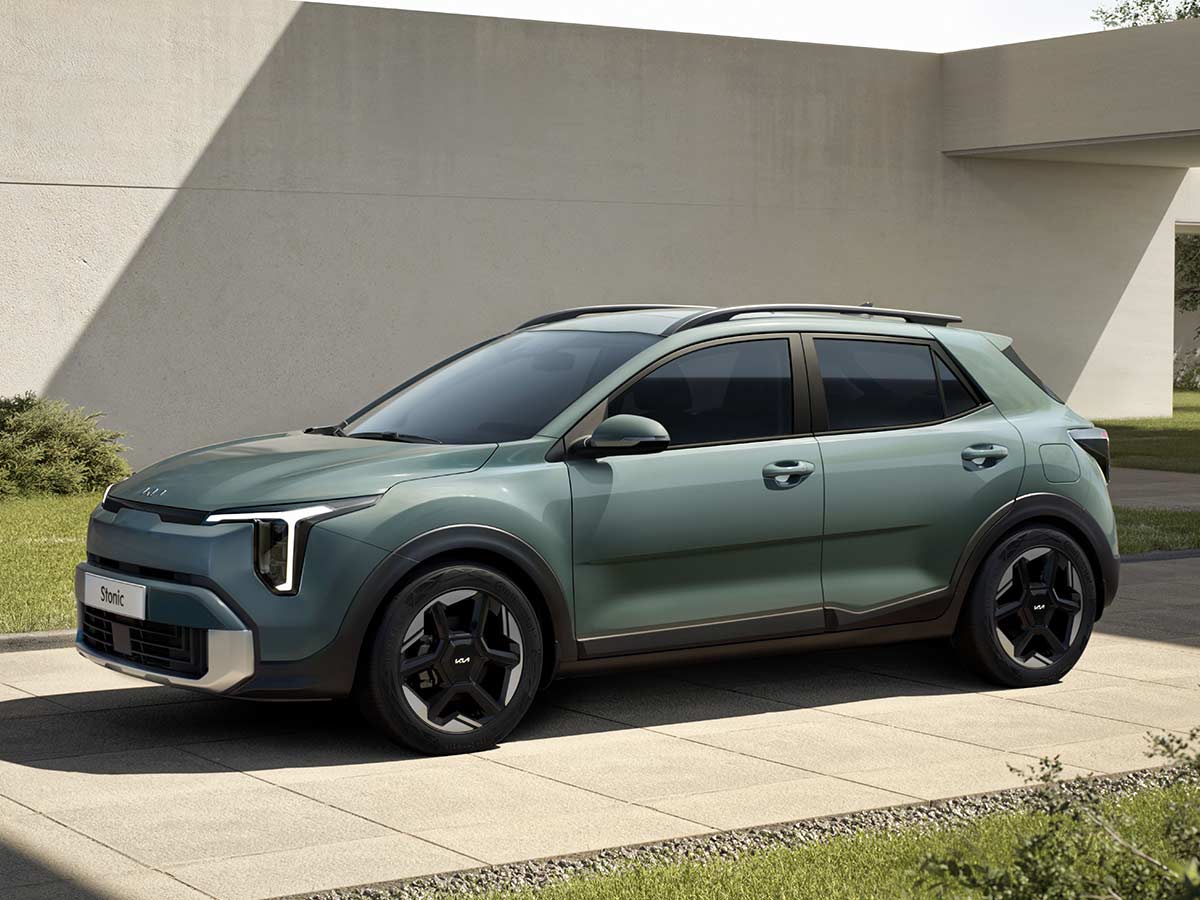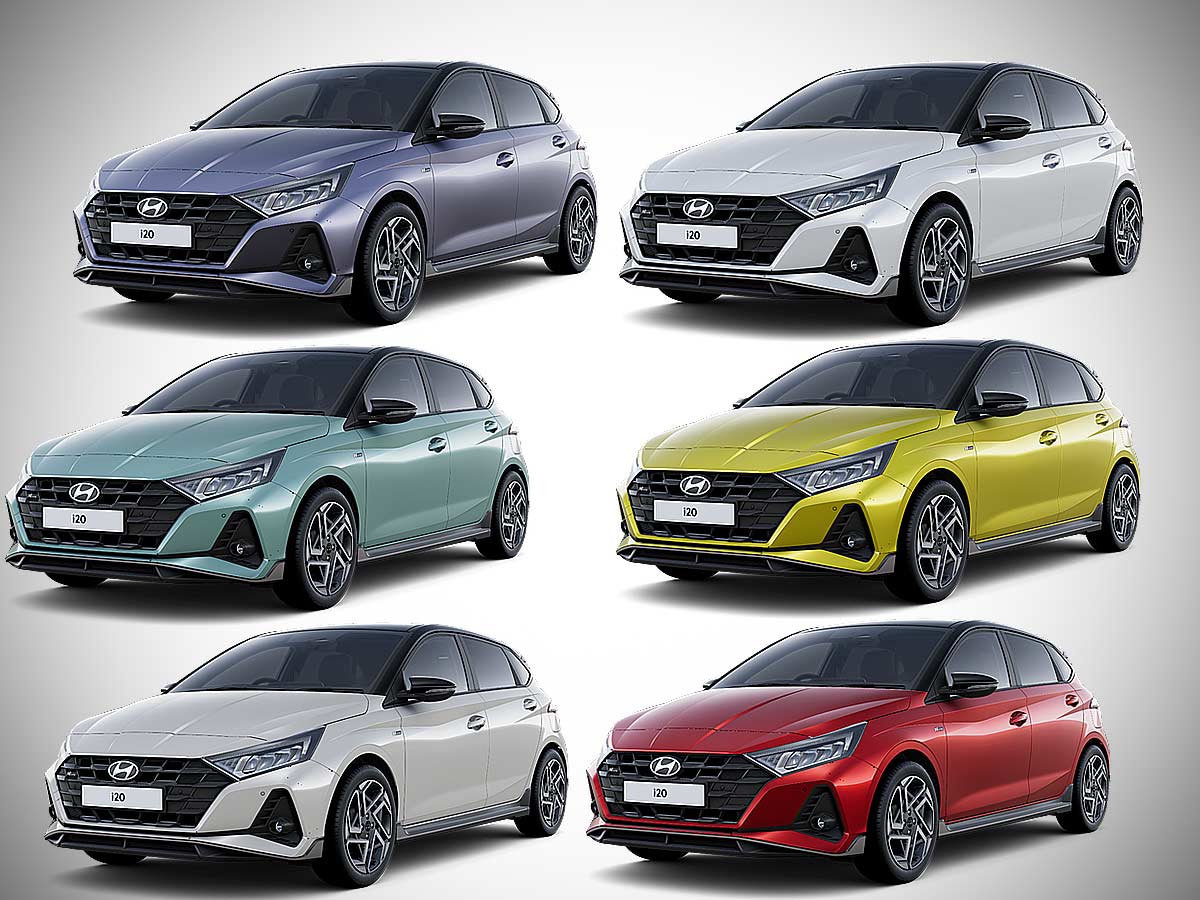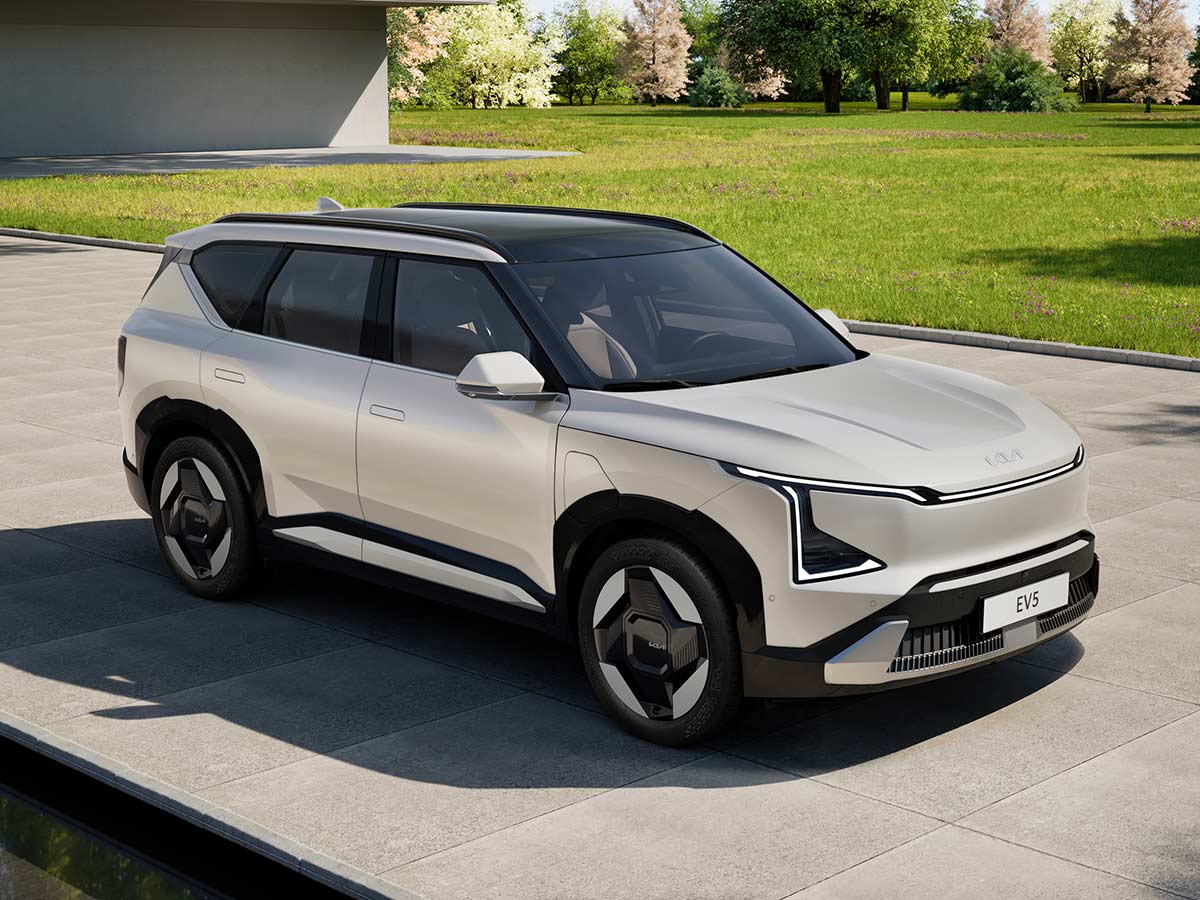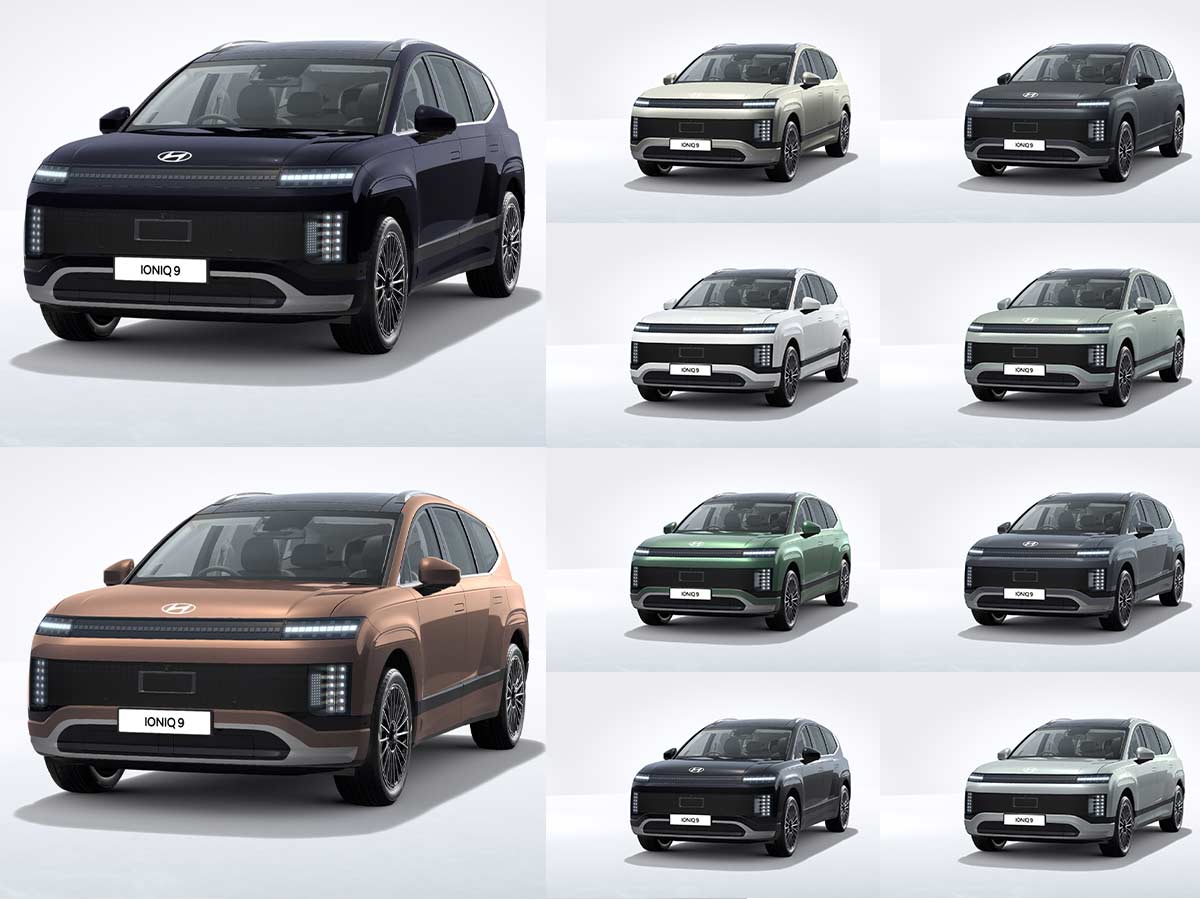At the forefront of automotive innovation, Hyundai Motor Company and Kia Corporation continue to redefine passenger comfort and energy efficiency. Their recent focus on temperature control has yielded significant advancements, with three key technologies poised to redefine passenger comfort and energy efficiency.
These cutting-edge advancements are designed not only to optimize the in-vehicle environment but also to set new standards for energy management in the era of electrification. As vehicles transition from mere modes of transportation to multifunctional living spaces, these innovations signal a leap forward in how comfort is perceived and delivered in modern mobility.
>>> Great Discounts on Car & Bike Accessories <<<
The Future of Temperature Control:
The three technologies showcased are poised to address the evolving needs of modern vehicles, ensuring that passengers enjoy a consistently comfortable environment regardless of external conditions. These innovations include:
- Nano Cooling Film: A breakthrough material that dramatically reduces interior temperatures in hot weather.
- Radiant Heating System: A highly efficient system that quickly warms passengers in cold weather.
- Metal-Coated Heated Glass: The world’s first 48V system that swiftly removes frost and moisture from vehicle windows.
These technologies, now mature enough for mass production, demonstrate Hyundai and Kia’s commitment to delivering comfort and efficiency in tandem.
Nano Cooling Film: Revolutionizing Summer Comfort

The Nano Cooling Film is nothing short of a revolution in managing vehicle interior temperatures. Tested under rigorous conditions, this advanced material has proven to lower interior temperatures by up to 12°C, a significant improvement over traditional cooling methods.
During testing, Hyundai and Kia applied the Nano Cooling Film to vehicles and compared their performance against those with regular glass. The results were striking: vehicles equipped with the Nano Cooling Film recorded an interior temperature of 36.0°C, compared to 48.5°C in those without the film. This 12.5°C reduction demonstrates the film’s ability to block infrared radiation while allowing internal heat to escape, a dual-function that sets it apart from conventional tinting films.
The Nano Cooling Film comprises three distinct layers: two layers reflect solar energy, and the third emits mid-infrared wavelengths, further enhancing the cooling effect. Impressively, this film can be integrated with existing tinting solutions without compromising light transmission, making it a versatile option for various markets.
In a notable campaign, Hyundai Motor applied this technology to around 70 vehicles in Pakistan, where tinting is legally restricted. The initiative, dubbed ‘Made Cooler by Hyundai’, received an overwhelmingly positive response, highlighting the real-world benefits of the Nano Cooling Film.
Radiant Heating System: Warmth at the Touch of a Button
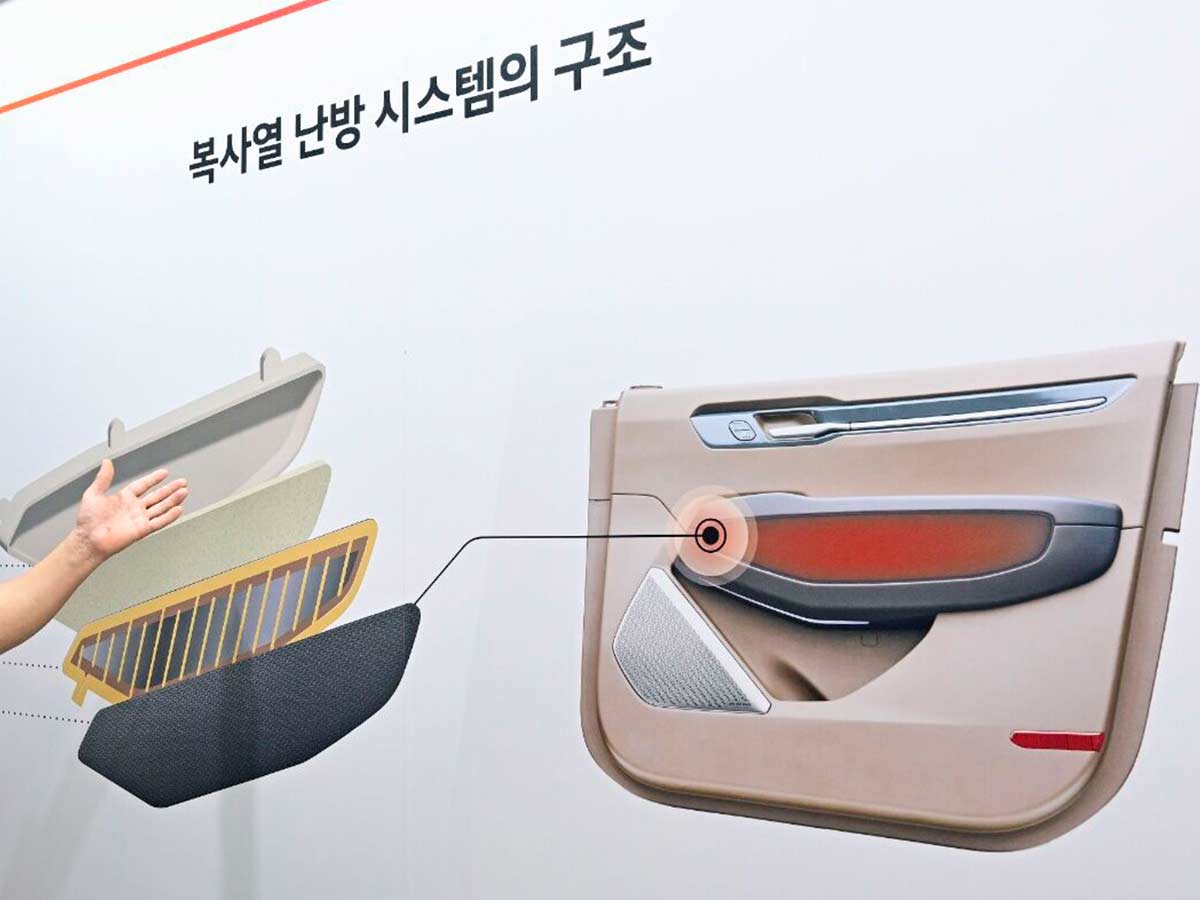
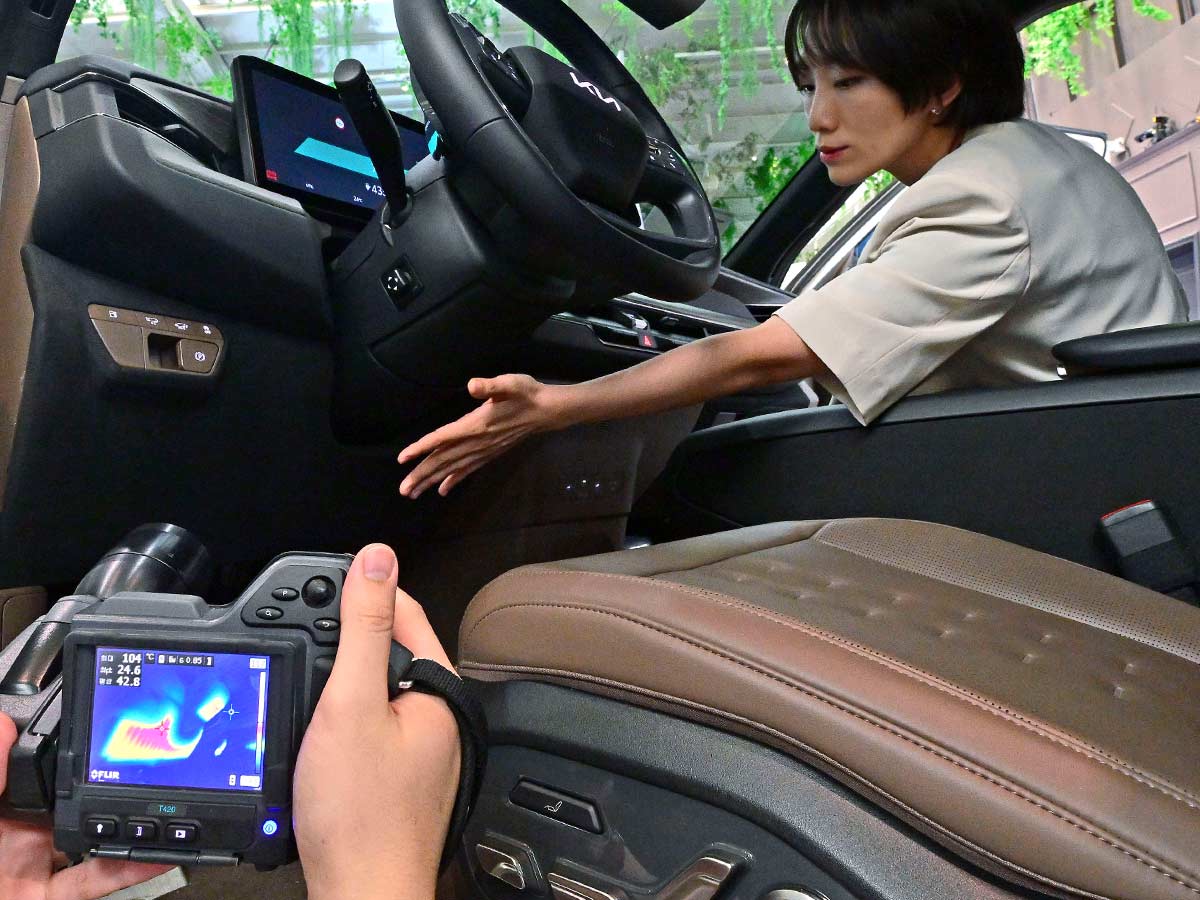
For colder climates, the Radiant Heating System represents a significant advancement in passenger comfort. Unlike traditional heating methods that rely on warming the entire cabin, this system focuses on delivering warmth directly to passengers’ lower bodies, enhancing comfort while conserving energy.
The Radiant Heating System is designed to work in conjunction with the vehicle’s existing heating system, potentially reducing energy consumption by up to 17%. This efficiency is particularly beneficial for electric vehicles, where every watt saved can extend the driving range. The system’s rapid heating capability ensures that passengers feel warm within three minutes, even in the coldest conditions.
The technology behind the Radiant Heating System includes a high-temperature film-type heating element capable of reaching 110°C. This element is encased in a fabric material that emits infrared rays, distributing heat efficiently. To ensure safety, a burn prevention system is integrated, which immediately reduces the temperature upon detecting body contact, eliminating any risk of burns.
Kia’s flagship electric vehicle, the EV9, will feature nine heating panels strategically placed throughout the cabin, including on the steering column base, door panels, and center console, ensuring that passengers are enveloped in warmth.
Metal-Coated Heated Glass: Clear Visibility in All Weather

The third innovation, Metal-Coated Heated Glass, represents a significant leap in improving visibility and safety during winter months. Traditional tungsten wire heating elements are effective but often slow and energy-intensive. In contrast, the Metal-Coated Heated Glass system, powered by a 48V electrical system, can defrost a windshield in as little as five minutes at temperatures as low as -18°C. This rapid defrosting is up to four times faster than conventional systems and uses about 10% less energy.
This invisible metal coating not only provides rapid defrosting but also blocks over 60% of solar energy on hot days, reducing the load on the vehicle’s cooling system and further enhancing energy efficiency. This dual-function capability makes Metal-Coated Heated Glass a year-round solution for maintaining optimal cabin conditions.
Hyundai and Kia are in the process of securing patents for this technology in key domestic and international markets, with plans to integrate it into future vehicle models.
A Commitment to Innovation
The unveiling of these three technologies marks a significant milestone in the journey towards creating smarter, more comfortable, and energy-efficient vehicles. As Hyundai Motor Company and Kia Corporation continue to innovate, these advancements will play a crucial role in shaping the future of mobility, where passenger comfort is seamlessly integrated with energy efficiency.
These temperature control technologies not only promise to enhance the driving experience but also reflect a broader commitment to sustainability. As electric vehicles become more prevalent, the importance of efficient energy management cannot be overstated. Hyundai and Kia’s innovations demonstrate that it is possible to achieve both comfort and efficiency, paving the way for a new era in automotive design.
With these advancements, Hyundai and Kia are not just responding to the needs of today’s drivers; they are anticipating the demands of tomorrow’s mobility landscape. The future of driving is one where comfort, efficiency, and sustainability are perfectly balanced, and Hyundai and Kia are leading the way.

